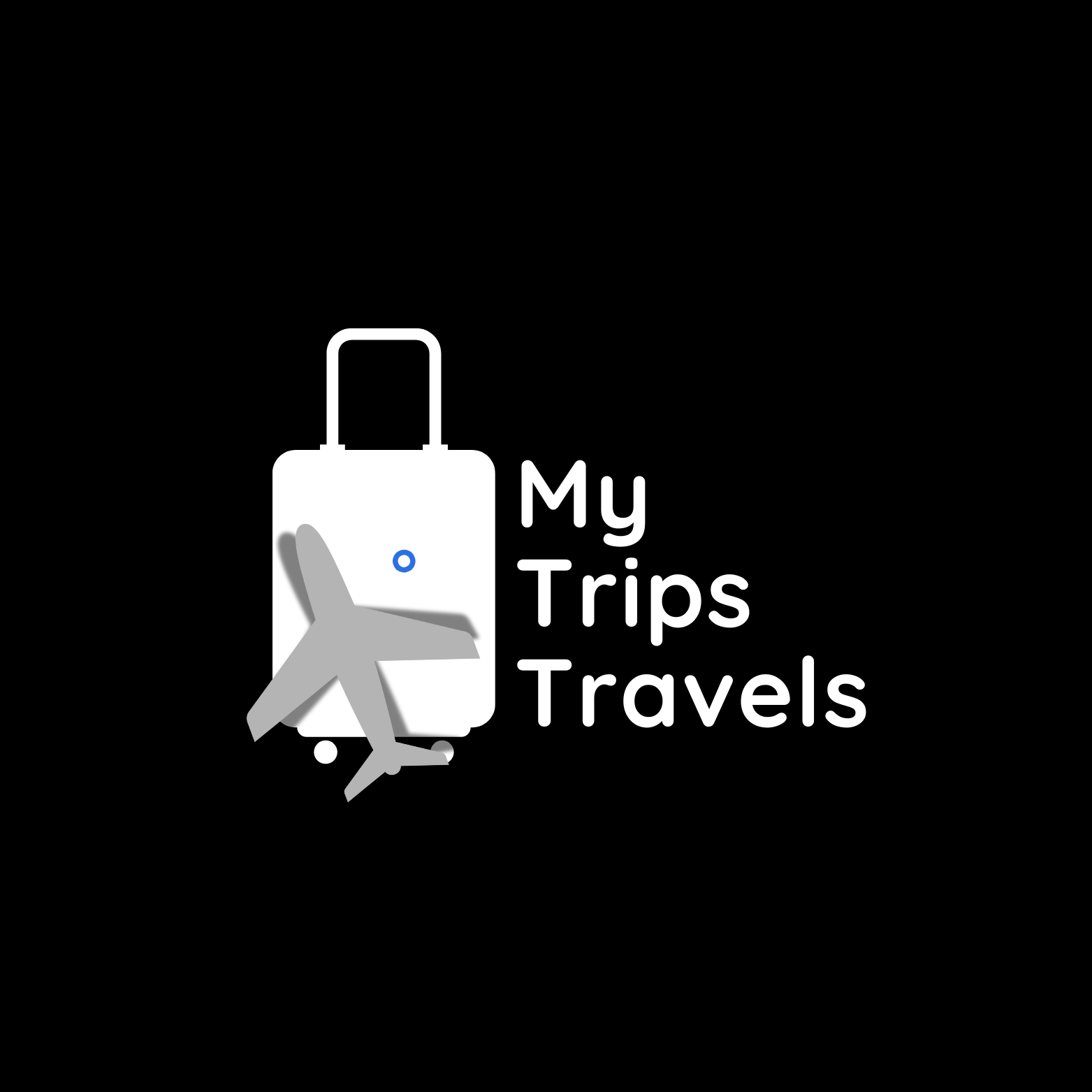Why Some Countries Ban In-Flight Photography or Window Viewing
Flying offers a unique view of the world from above. Passengers often look forward to capturing beautiful scenes from airplane windows during their travel trip.
But what many travelers do not realize is that some countries ban or restrict in-flight photography or window viewing, and these rules are based on serious national, legal, and cultural concerns.
While it may seem like a simple harmless act, in many regions, this behavior can lead to questioning, fines, or even legal trouble.
National Security: A Serious Concern
One of the most important reasons countries prohibit photography from aircraft is national security. Governments are highly protective of sensitive areas like military bases, border zones, and defense infrastructure.
For example, in India, the Directorate General of Civil Aviation (DGCA) prohibits photography inside an aircraft or near airports without prior permission. Even though many people still snap photos casually, officially, it is a punishable violation. Some airlines like Air India have even reported and acted against passengers for taking photos or videos during Airline Flight operations.
In China, taking photos over sensitive areas or near border zones is treated as a national security threat. If travelers unknowingly capture military zones or strategic infrastructure while flying into cities like Beijing or regions near Tibet or North Korea, authorities may detain them for questioning.
Similarly, in Russia, photographing government buildings or military areas, especially near the Kremlin or along restricted routes, is tightly controlled. Even taking pictures from a plane window near these locations may be seen as a violation.
Strict Cultural and Political Sensitivities
Some countries enforce in-flight photography bans because of political and cultural sensitivities. In Saudi Arabia, for instance, it is illegal to photograph government buildings or military areas. Taking window pictures over Mecca, border zones, or government sites without consent can be seen as disrespectful and is strictly discouraged.
In North Korea, photography is controlled under one of the strictest surveillance regimes in the world. Passengers are not allowed to take photos from windows or inside the cabin. Officials can inspect devices and may confiscate them if they find unauthorized images.
Privacy Laws and Passenger Rights
In many countries, privacy laws also impact in-flight photography. If a traveler’s camera captures other passengers, airline staff, or security officials without their consent, it may violate local laws.
Some European countries and airlines enforce this under General Data Protection Regulations. Cabin photos that unintentionally include strangers can cause issues if someone complains. This is especially important to know when traveling with friends and taking selfies during a trip flight.
Safety Regulations on Board
Safety regulations also limit photography during certain times of the flight. During takeoff and landing, passengers are required to listen to instructions and avoid distractions. Using mobile devices or cameras during these critical phases can interfere with safety protocols.
Although modern aircraft are designed to resist electronic interference, many airlines still follow old guidelines that recommend avoiding electronic use during key stages of flight. Following such rules is essential for every responsible passenger.
Airline Policies and Local Restrictions
Besides government rules, airlines themselves may have photography restrictions. Certain airlines operating in regions with sensitive airspace often include “no photography” policies in their in-flight announcements.
When you are planning air ticket booking, always read the airline’s terms. Websites like Priceline and Expedia Flights list airline policies during the booking flight process. It is wise to go through those details carefully, especially if you are flying over politically sensitive zones.
If you are unsure, you can Call Now and speak with a representative from your airline. Reliable providers with best Customer Service will explain what you can and cannot do during the flight.
What Happens If You Break the Rules?
Passengers who ignore photography restrictions might face serious consequences. Depending on the country, this could involve device confiscation, detention, fines, or even being denied entry.
There have been reported incidents in China, Russia, and India, where travelers were stopped at immigration or questioned for taking photos over restricted areas. In one incident, a passenger flying over military zones in India faced police questioning after sharing aerial images online.
What You Can Do as a Traveler
The best way to avoid trouble is to be informed and respectful. Always follow crew instructions and avoid photography when told not to. If you are visiting a country with stricter surveillance or privacy laws, research their aviation guidelines beforehand.
When looking for travel deals or planning your cheap travel experience, keep in mind that following local rules is as important as choosing the right flight. Platforms like Delta Tickets offer helpful customer support where you can clarify in-flight photography rules before you travel.
Conclusion: Respect the View and the Rules
Taking photos from an airplane window may seem like an innocent way to capture your journey. However, in many countries, it is not just about capturing beauty. It involves national security, personal privacy, and legal obligations.
Next time you Book Flight, make sure to learn about your destination’s photography policies. Enjoy the sky views, respect the rules, and ensure your journey remains smooth and memorable from takeoff to landing.
Being a responsible traveler does not mean giving up on fun. It means knowing when to take that perfect picture and when to simply enjoy the view.

